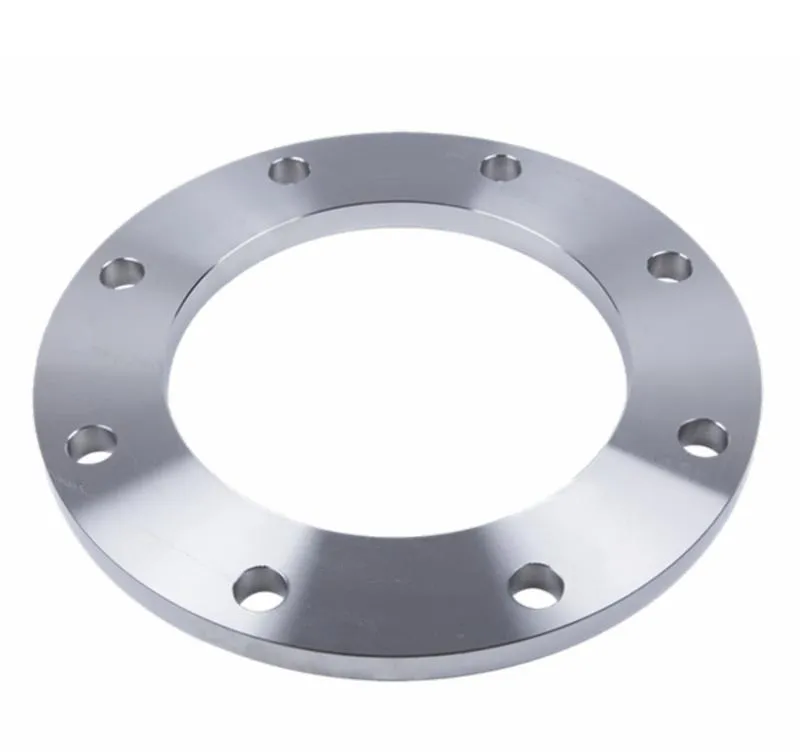-
Cangzhou Yulong Steel Co., Ltd.
-
Phone:
+86 13303177267 -
Email:
admin@ylsteelfittings.com
- English
- Arabic
- Italian
- Spanish
- Portuguese
- German
- kazakh
- Persian
- Greek
- French
- Russian
- Polish
- Thai
- Indonesian
- Vietnamese
- Zulu
- Korean
- Uzbek
- Hindi
- Serbian
- Malay
- Ukrainian
- Gujarati
- Haitian Creole
- hausa
- hawaiian
- Hebrew
- Miao
- Hungarian
- Icelandic
- igbo
- irish
- Japanese
- Javanese
- Kannada
- Khmer
- Rwandese
- Afrikaans
- Albanian
- Amharic
- Armenian
- Azerbaijani
- Basque
- Belarusian
- Bengali
- Bosnian
- Bulgarian
- Catalan
- Cebuano
- China
- China (Taiwan)
- Corsican
- Croatian
- Czech
- Danish
- Esperanto
- Estonian
- Finnish
- Frisian
- Galician
- Georgian
- Kurdish
- Kyrgyz
- Lao
- Latin
- Latvian
- Lithuanian
- Luxembourgish
- Macedonian
- Malgashi
- Malayalam
- Maltese
- Maori
- Marathi
- Mongolian
- Myanmar
- Nepali
- Norwegian
- Norwegian
- Occitan
- Pashto
- Dutch
- Punjabi
- Romanian
- Samoan
- Scottish Gaelic
- Sesotho
- Shona
- Sindhi
- Sinhala
- Slovak
- Slovenian
- Somali
- Sundanese
- Swahili
- Swedish
- Tagalog
- Tajik
- Tamil
- Tatar
- Telugu
- Turkish
- Turkmen
- Urdu
- Uighur
- Welsh
- Bantu
- Yiddish
- Yoruba

Dec . 05, 2024 02:51 Back to list
Understanding ASTM A106 Gr Standards for Seamless Carbon Steel Pipes and Applications
Understanding ASTM A106 Grade A Comprehensive Overview
In the realm of industrial piping, the ASTM A106 standard plays a pivotal role in defining the specifications for seamless carbon steel pipes. This standard is particularly important for high-temperature and high-pressure applications, making it a cornerstone for industries such as oil, gas, and power generation. In this article, we will delve into ASTM A106 Gr. (Grade) specifications, their significance, applications, and the factors that influence their choice in various engineering projects.
What is ASTM A106?
ASTM A106 is a specification developed by ASTM International, which outlines the requirements for seamless carbon steel pipes for high-temperature service. The standard is divided into three grades A, B, and C, with each grade having different mechanical and chemical properties. However, A106 Grade B is the most commonly used variant due to its balanced properties suitable for a wide range of applications.
Key Properties of ASTM A106 Grade B
1. Chemical Composition A106 Grade B primarily comprises carbon (C), manganese (Mn), phosphorus (P), sulfur (S), and small amounts of other elements. The typical chemical composition allows for an achievable yield strength of around 35,000 psi and a tensile strength of approximately 60,000 psi.
2. Mechanical Properties The strength of A106 Grade B is a vital aspect of its utility. The minimum yield strength of 35 KSI and tensile strength of 60 KSI are what make it suitable for high-stress environments. The impact resistance and ductility at elevated temperatures are also crucial, ensuring that the material can withstand thermal expansion and contraction.
3. Dimensional Tolerances ASTM A106 pipes come in various nominal sizes and wall thicknesses, conforming to rigorous dimensional guidelines. They are available in different schedules (e.g., Schedule 40, 80, etc.), which indicate the thickness of the pipe wall. This flexibility in sizing allows engineers to choose the appropriate dimensions for their specific applications.
Applications of ASTM A106 Grade B
astm a106 gr

The versatility of ASTM A106 Grade B makes it a preferred choice in many sectors
- Oil and Gas Industry A106 pipes are extensively used for the transportation of oil and gas due to their strength and durability under high temperatures and pressures.
- Power Generation In power plants, these pipes are utilized in areas such as boilers, heat exchangers, and condenser tubes. Their ability to handle high-pressure and high-temperature steam makes them indispensable.
- Chemical Processing The chemical industry often employs A106 pipes for transporting corrosive substances, thereby necessitating careful considerations regarding the pipe’s resistance to chemical reactions.
- Construction and Infrastructure In addition to industrial applications, ASTM A106 pipes are also found in large construction projects, such as building frameworks and water supply systems.
Advantages of Using ASTM A106 Grade B
The choice of ASTM A106 Grade B provides several benefits - Reliability The standard specification ensures that the pipes can consistently perform under high-stress conditions. - Cost-Effectiveness Compared to other materials, A106 pipes offer a good balance of performance and affordability, making them a popular choice in various applications. - Availability Given its widespread use, A106 Grade B pipes are readily available across the market, simplifying procurement and inventory management for companies.
Conclusion
In conclusion, ASTM A106 Grade B is a fundamental standard that engineers and industry professionals rely on for high-temperature and high-pressure piping applications. Its robust chemical and mechanical properties, coupled with versatility in application, make it a staple in sectors like oil and gas, power generation, and chemical processing. Choosing the right piping material is critical for ensuring safety, efficiency, and longevity, and ASTM A106 Grade B delivers on all these fronts. As industries continue to evolve, the significance of adhering to respected standards like ASTM A106 will remain paramount in the pursuit of quality and performance in piping solutions.
Latest news
-
ANSI 150P SS304 SO FLANGE
NewsFeb.14,2025
-
ASTM A333GR6 STEEL PIPE
NewsJan.20,2025
-
ANSI B16.5 WELDING NECK FLANGE
NewsJan.15,2026
-
ANSI B16.5 SLIP-ON FLANGE
NewsApr.19,2024
-
SABS 1123 FLANGE
NewsJan.15,2025
-
DIN86044 PLATE FLANGE
NewsApr.19,2024
-
DIN2527 BLIND FLANGE
NewsApr.12,2024
-
JIS B2311 Butt-Welding Fittings LR/SR 45°/90° /180°Seamless/Weld
NewsApr.23,2024











